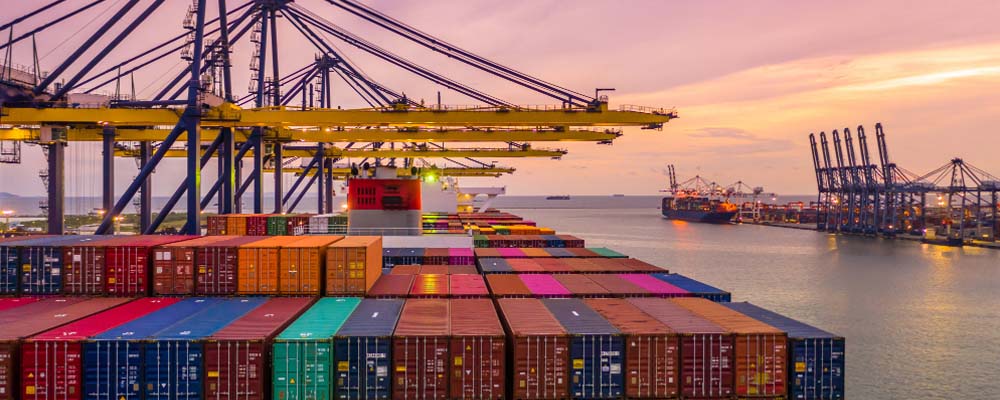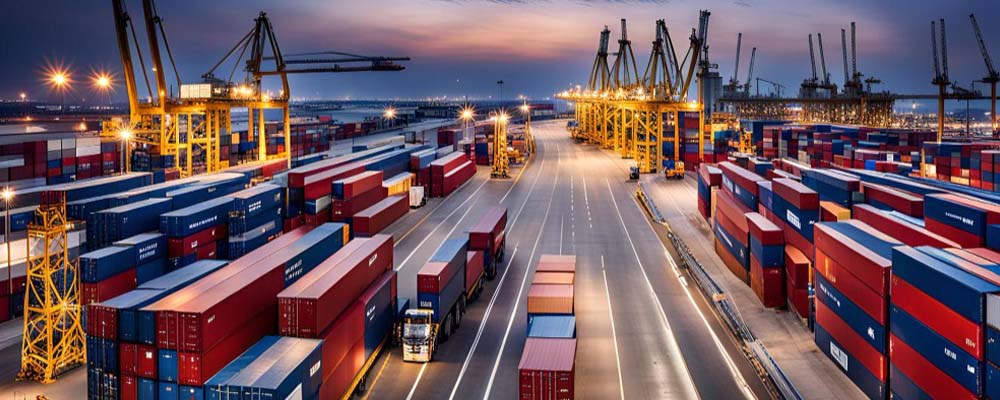
Shipping goods to New Zealand may seem daunting at first, but with the right information and a few key tips, it can be a smooth and hassle-free process. Whether you’re a freight forwarding company, an e-commerce business, or an importer/exporter, understanding the nuances of shipping to New Zealand will save you time, money, and headaches. This blog post will guide you through the essentials, from packaging rules to customs regulations, ensuring that your shipments reach their destination without a hitch.
Key Considerations for Shipping to New Zealand
Shipping to New Zealand involves careful planning.
First, it’s crucial to understand that New Zealand is an island nation, which means that most goods arrive by sea or air. Depending on the urgency and type of goods, you will need to decide the most suitable mode of transport. Air freight is faster but more expensive, while sea freight is cost-effective but slower.
Second, consider the weight and dimensions of your packages. Optimize your packaging to reduce shipping costs, as these are often calculated based on various factors. This can lead to significant savings.
Finally, it’s essential to stay informed about any import restrictions or special requirements for specific goods. Some items might need extra documentation or permits, so being prepared can prevent unexpected delays.
 Rules for Packaging Your Parcel
Rules for Packaging Your Parcel
Proper packaging is vital for ensuring your goods arrive safely.
Use high-quality materials to protect your items from damage during transit. Durable boxes, bubble wrap, and packing peanuts are highly effective options.
Clearly label your packages with the recipient’s address, your return address, and any necessary handling instructions. This ensures that you handle the parcels correctly throughout the shipping process.
Place a packing slip or invoice inside the package. This not only helps with customs clearance but also provides the recipient with an itemized list of the contents, adding a professional touch to your shipment.
Products That Cannot Be Exported to New Zealand
Certain products are prohibited from entering New Zealand.
Authorities strictly regulate hazardous materials like explosives, flammable liquids, and toxic substances, and they are generally not allowed.
Items that pose a biosecurity risk, including certain plants, seeds, and animal products, may also be prohibited or require special permits.
Authorities prohibit counterfeit goods and items that infringe on intellectual property rights. Always verify the latest regulations to ensure compliance and avoid penalties.
 Costs of Shipping to New Zealand
Costs of Shipping to New Zealand
Shipping costs vary based on several factors.
The weight and dimensions of your packages play a significant role in determining the cost. Heavier and larger parcels generally incur higher fees.
The choice of shipping method—air or sea—also impacts the cost. Air freight is faster but usually more expensive, while sea freight offers a cost-effective option for non-urgent shipments.
Additional costs may encompass insurance, customs duties, and taxes. It’s essential to factor these into your budget to avoid surprises when your goods arrive in New Zealand.
How Long Does It Take to Get to New Zealand?
 Shipping times depend on the method of transport.
Shipping times depend on the method of transport.
Air freight typically takes around 3-10 days, depending on the service level and the point of origin. This option is perfect for urgent shipments that require rapid delivery.
Sea freight, on the other hand, takes longer—usually between 20-40 days. While it’s slower, it’s a popular choice for bulk shipments due to its cost-effectiveness.
It’s also important to consider potential delays caused by weather conditions, customs clearance, and other unforeseen factors. Building in a buffer period can help mitigate the impact of these delays on your supply chain.
Customs Regulations
Navigating customs regulations is crucial for smooth shipping.
Ensure you have all the necessary documentation, including commercial invoices, packing lists, and any required permits or certificates. Incomplete or incorrect paperwork can lead to delays and additional costs.
Familiarize yourself with New Zealand’s tariff classifications and import duties. Knowing the correct codes and rates for your goods helps you estimate costs and ensures compliance.
Work with a reputable customs broker if you’re unfamiliar with the process. Their expertise can streamline customs clearance and help you avoid costly mistakes.
New Zealand Holidays to Keep in Mind
Be aware of public holidays that may affect shipping schedules.
New Zealand celebrates several public holidays, including Waitangi Day (February 6), Anzac Day (April 25), and Christmas Day (December 25). Shipping services may be limited or delayed on these dates.
Planning your shipments around these holidays can help avoid delays. It’s also a good practice to inform your customers about potential impacts on delivery times.
Additionally, consider peak seasons such as Christmas and New Year when shipping volumes increase. Planning ahead and booking your shipments early can help ensure timely delivery.
 Conclusion
Conclusion
Navigating the complexities of shipping to New Zealand doesn’t have to be overwhelming. By understanding key factors like packaging rules, prohibited products, and customs regulations, you can ensure your shipments arrive smoothly. Remember to consider costs, shipping times, and holidays to avoid surprises and keep your supply chain running efficiently. For those new to international shipping or looking to optimize their operations, partnering with experienced freight forwarders and customs brokers can offer valuable support. With these essential tips, you’re ready to tackle shipping to New Zealand with confidence. If you need additional assistance or personalized advice, feel free to reach out to us for guidance.




 Rules for Packaging Your Parcel
Rules for Packaging Your Parcel Costs of Shipping to New Zealand
Costs of Shipping to New Zealand Conclusion
Conclusion



